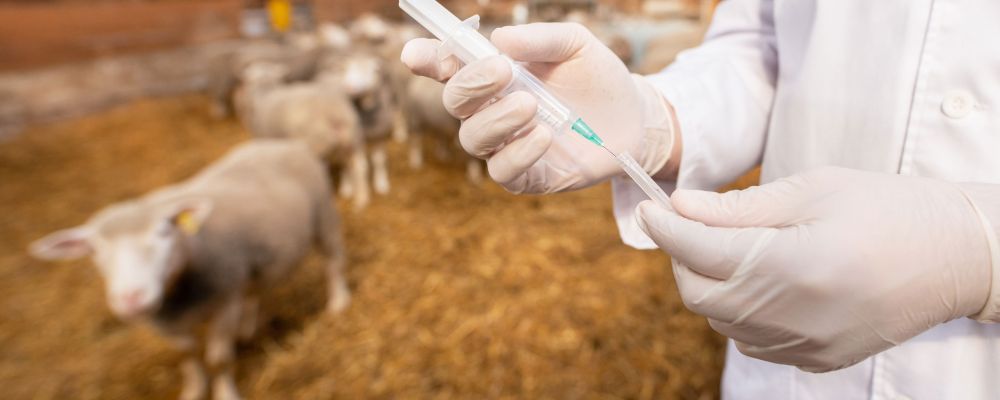- The ANMV
- Our activities
- Administrative formalities
- Our Publications
- Europe & International
- Europe
- International
- World Organisation for Animal Health (WOAH)
- International harmonisation of technical requirements for the registration of veterinary medicinal products (VICH)
- Pharmaceutical inspection cooperation scheme (PICs)
- Organisation for Economic Co-operation and Development (OECD)
- Codex Alimentarius
- Cooperation agreements
- E-learning module
Portal Veterinary medicinal products


Medication for treating Cushing's disease in horses: risk of accidental human ingestion
Around 60 cases of humans being poisoned by medication containing pergolide intended for horses have been reported since 2012. Because of the small size of the tablets and the long duration of the treatment, the risk of accidental ingestion is particularly high. Here is a reminder of the recommendations for avoiding accidents and taking appropriate action in the event of accidental ingestion.
Medication containing pergolide is used in horses to treat Cushing's disease, or pituitary pars intermedia dysfunction (PPID). This disease is common in horses over 15 years of age. It is a chronic neurodegenerative and endocrine disorder that leads to disrupted functioning of the pituitary gland. Although it does not directly cause the death of the horse, its consequences are potentially serious and generally lead to the animal being euthanised if it is not diagnosed and treated in time. The main symptoms observed are lethargy, weight loss, increased thirst and urine production, abnormally long hair growth, excessive sweating and the onset of laminitis. Medical treatment of this disease involves daily administration of pergolide-based medication for the rest of the animal's life. These drugs alleviate symptoms but do not slow the progression of the disease.
A risk of poisoning
Since Prascend® was first placed on the market in 2012, followed by the first generic products in 2021 (Pergolife®, Pergosafe® and Prasequine®), 62 cases of people accidentally ingesting one of these products have been reported to the French Agency for Veterinary Medicinal Products (ANMV). The clinical signs reported are mainly digestive (nausea and vomiting, diarrhoea, abdominal pain) and neurological (dizziness, intense fatigue and tremors, mental confusion). A drop in blood pressure and heart rate or, conversely, palpitations have also been reported, along with headaches, excessive sweating and hot flushes. The first signs appear quickly, usually within an hour of ingestion.
Practices contributing to accidental ingestion
Several factors increase the risk of accidental ingestion. The tablets are often kept in the owner's home for convenience. They can then be mistaken for other tablets intended for a member of the household.
Moreover, the tablets are small and owners often hide them in food, such as bread or fruit, to encourage the animal to swallow them. This food is often prepared in advance and stored in the owner's home or in the stable, and can be inadvertently ingested by a person or another animal. Lastly, the tablets are sometimes cut into several pieces to adapt the dose to the animal's weight and the severity of the disease. The risk of accidental ingestion is even higher for pieces that are not used immediately.
Certain precautions should be taken by horse owners to avoid this type of accident:
- Keep the horse's medication separate from that intended for people in the household
- Keep medication in its original packaging to avoid any confusion
- Wait until the last minute to prepare the treatment, just before administering it to the animal
- Prepare only one dose at a time
- Failing this, place the pre-prepared treatment in an airtight container, correctly labelled (for example, with the horse's name), and keep it somewhere out of immediate reach where people will not be passing through, such as in a closed cabinet or on a high shelf
What to do in the event of accidental ingestion
If somebody accidentally swallows pergolide tablets, they should seek medical advice promptly, presenting the package leaflet if possible. Due to the nature of the observed symptoms, which are mainly neurological, the patient should not drive themselves and should be accompanied by another person.
Any resulting adverse effects should be reported on the Ministry of Health's website.